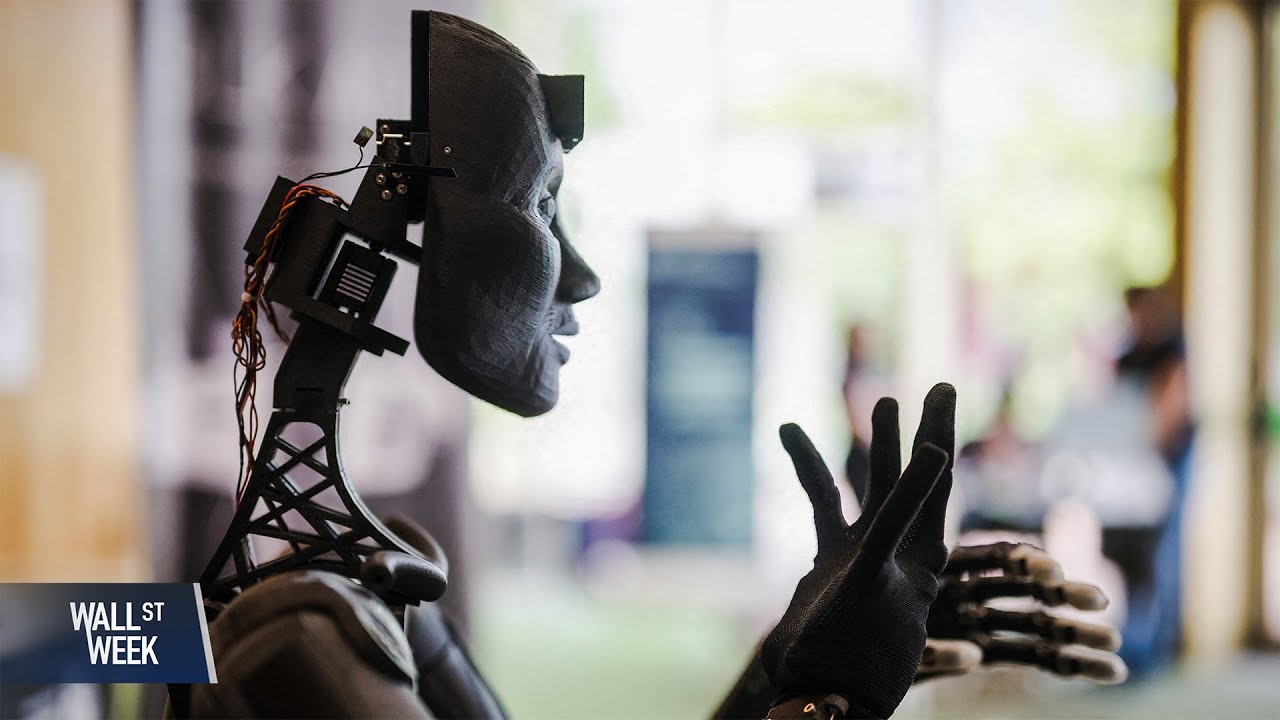The video explores the impact of AI on productivity and the workforce, highlighting concerns from Dr. Jeffrey Hinton about job losses for ordinary workers and the unequal distribution of AI’s benefits. It also discusses the slow adoption of AI in businesses, challenges in chip manufacturing, and the need for regulatory measures to ensure safety as AI technology evolves.
The video discusses the implications of artificial intelligence (AI) on productivity, economic growth, and the workforce, featuring insights from Dr. Jeffrey Hinton, a prominent figure in AI research. Hinton highlights that while AI has the potential to significantly boost productivity, the benefits may not be equitably distributed. He warns that increased productivity could lead to greater wealth for large companies and the rich, while ordinary workers may face job losses, raising concerns about the societal impact of AI advancements.
The discussion emphasizes the current state of productivity in the U.S., which has seen a notable increase in recent years, with economists predicting that AI could sustain this momentum. However, Hinton expresses skepticism about the creation of new jobs, suggesting that AI is making human intelligence increasingly irrelevant, similar to how previous industrial revolutions rendered human strength less significant. He points out that while AI could enhance efficiency in sectors like healthcare, the overall effects on employment may be detrimental for many workers.
Despite the potential of AI, the video notes that widespread adoption has been slow, with only a small percentage of companies currently utilizing generative AI in their operations. Major tech firms are investing heavily in AI, but they face challenges related to the availability of chips and the energy required to power data centers. The video highlights the ongoing efforts to bolster U.S. chip manufacturing through initiatives like the Chips and Science Act, which aims to reduce reliance on foreign semiconductor production and enhance national security.
Experts in the video discuss the need for innovation to overcome the limitations of current computing capacity. While there have been significant efficiency gains in AI models, the demand for processing power continues to grow, often outpacing these improvements. The video suggests that as AI capabilities expand, so too will the applications and requirements for computing resources, leading to a persistent gap between supply and demand.
Finally, the video raises concerns about the regulation of AI and the need for safety measures as the technology evolves rapidly. Hinton argues that governments must play a crucial role in ensuring that AI development prioritizes safety, advocating for a mandate that requires tech companies to allocate a portion of their computing resources to safety research. The discussion underscores the importance of balancing innovation with responsible oversight to mitigate potential risks associated with AI advancements.
